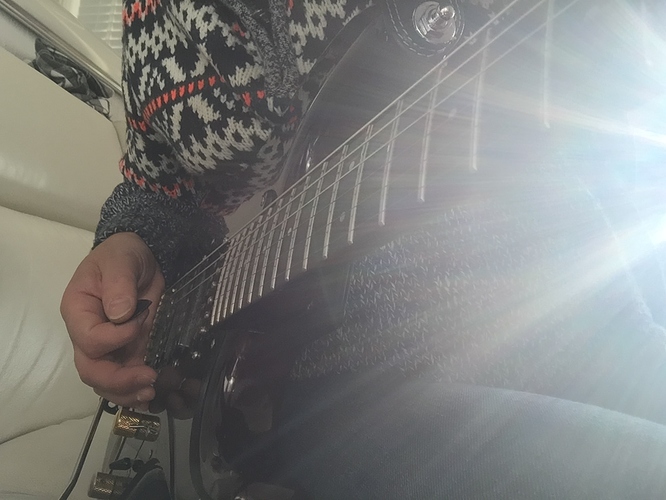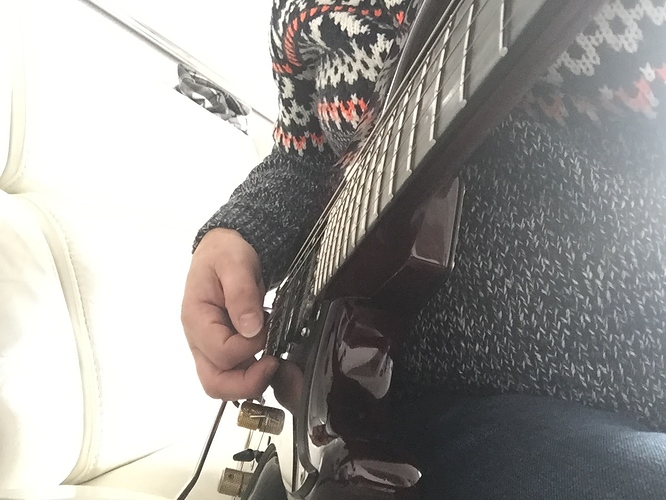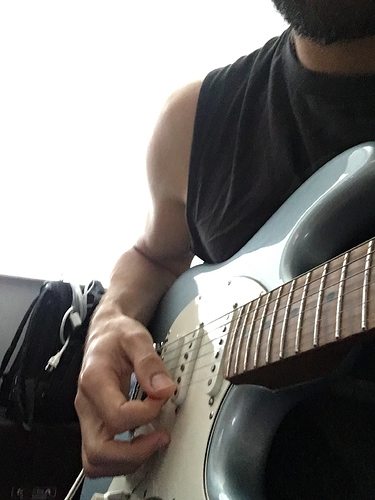I have a natural tendency to downard pickslant, so that’s what I’ve focused on the last year after finding out about this stuff.
But then I noticed Troy mention in a video that upward pickslanting requires less of an angle of the wrist to make the escape than downward. That got me thinking: Is upward pickslanting inherently more efficient than downard?
I just started to spend some time traversing pentatonic scales with an upward pickslant and I can definitely see it’s a bit easier than downard.
I will need to put some time into this to see if it pays off, but I was curious if anyone out there noticed this phenomenon.







